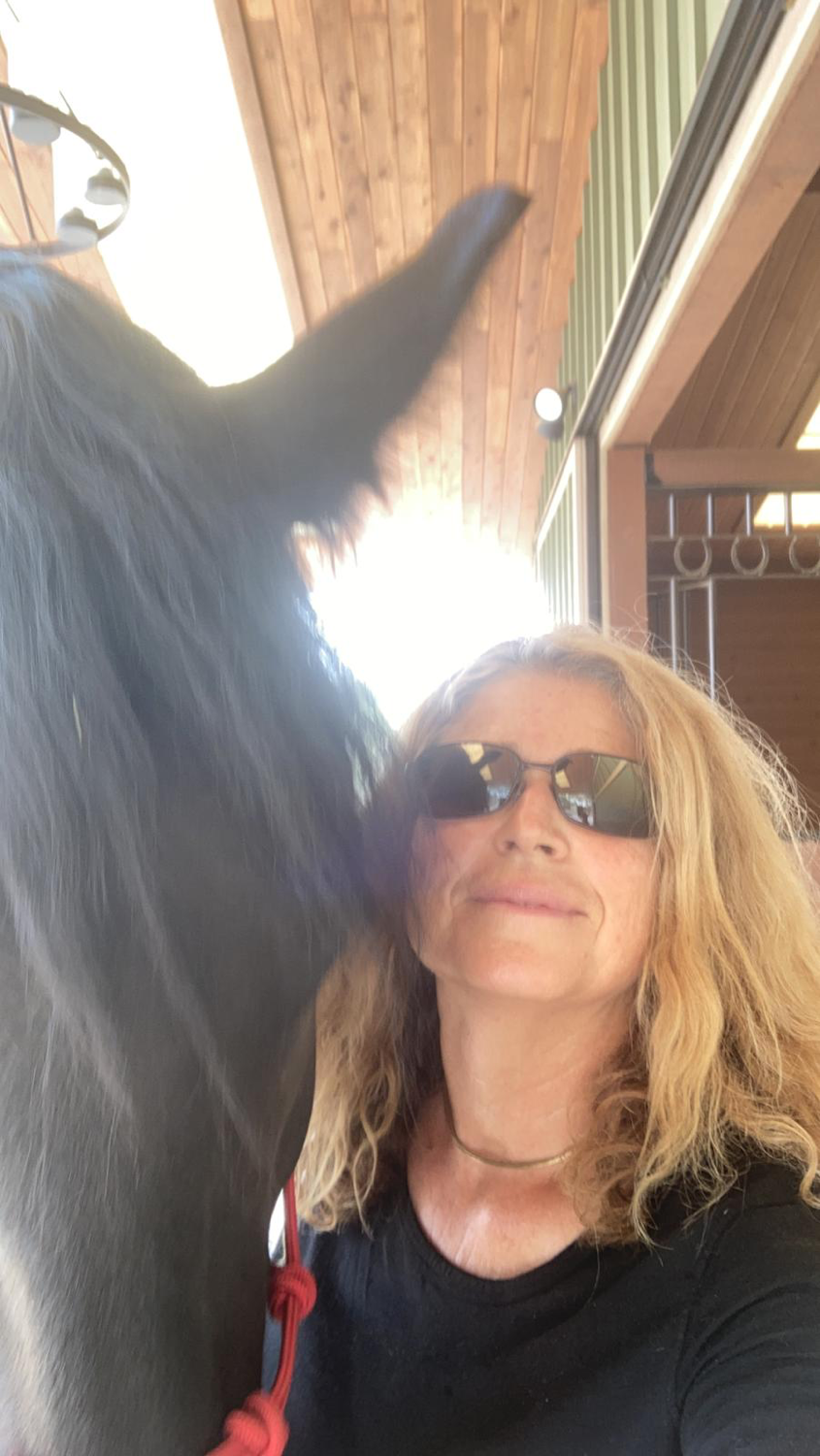Are Saddles Instruments of Torture
- Zsuzsu

- Jun 5, 2018
- 3 min read

In my years working with horses and riders as a trainer, instructor, clinician and saddle fitter I have repeatedly seen saddles being instruments of torture for the rider rather then an effortless tool of communication – leading riders to experience riding as, at best, a constant struggle and at worst a painful experience. From this common occurrence of groin, pubic, inner thigh and/or back pain has been born the repetitive theme of “I need a narrow twist”. Sadly, this is far from the needs of many riders who believe this myth.
Why this seems to be such a prevalent problem is for a number of reasons:
The first and foremost is that very often the saddle does not fit the horse. When this occurs we find that we are riding a stiff, resistant horse with a braced back. This of course, translates to our experience in the saddle and therein begins the cycle of resistance: each living being resisting the other and creating more tension and pain for themselves and the other. Even with an independent seat, but especially if we do not have an independent seat, we end up twisting and tweaking our bodies trying to get the horse to respond and perform, hence the beginning of pain in the saddle. Additionally an ill-fitting saddle can often be unbalanced creating a platform from which we fight to remain in balance whilst aiding.
Another reason comes from the complexities of anatomy and physiology. The differences between our bodies, namely our pelvis, are not only evident between sexes but also from one individual to another. How one rider looks and sits in a saddle may not be translatable to another rider. Most riders need a larger flat area in which to sit. However a saddle with a larger, comfortable flat area in the seat with flaps that drop straight down and average knee rolls, for example, only works for someone with a wide enough pelvis (for example women with hourglass figures) that allows the legs to hang down, and one whose thighs are of short to average length. I myself love such a seat however most saddles have a flap and knee roll combination that do not accommodate my long thighs. In such a situation I am forced to either sit on the cantle area or to rotate my thighs outwards.
A situation whereby one’s thighs are not accommodated by the flaps renders a seat ineffective and unstable. The thighs are rotated out which then forces the seat bones together creating an arched back and a seat that I liken to a cabbage on a table. This then encourages the rider to grip the horse with their legs in order to stay on. Additionally, the arched back and incorrect pelvis tilt (with more weight on the pubic bone) draws riders into absorbing the horse’s movements incorrectly, damaging both their own and their horse’s back.
When sitting in a more cuppy (one that rises more quickly at the pommel and cantel) saddle with flaps that do not allow room for one’s thighs, the pubic bone is more apt to be hit. In this position, absorbing the movement of the horse’s back by arching rather than straightening one’s back, the movement of the horse pushes the pubic bone on to the rise of the pommel with each step as well as creates lower back and hip pain for the rider. Often riders will avoid this pain by sitting on the cantel For the horse this seat translates as a harsh and unforgiving seat. For the rider this leads to resistance and unharmonious riding not to mention all sorts of aches and pains.







Comments